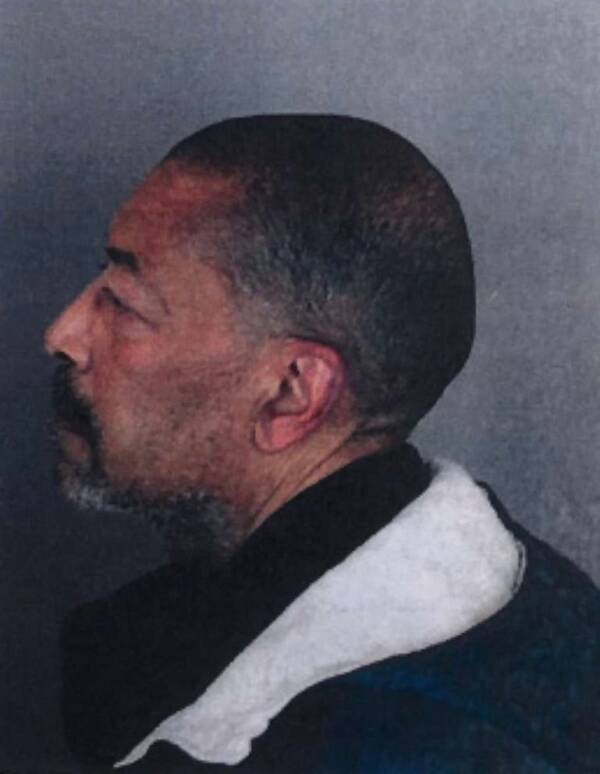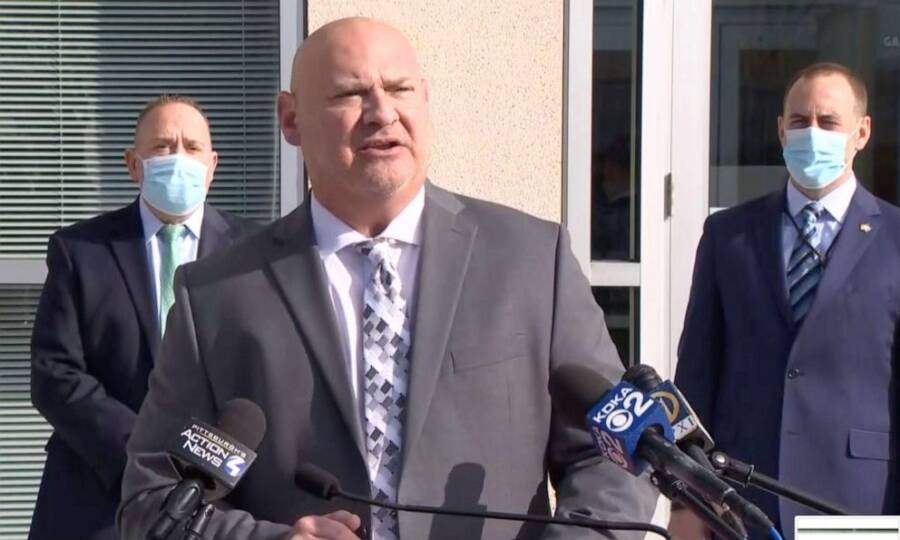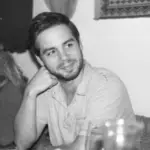The Prison Escape Of Leonard Rayne Moses

Leonard Rayne Moses after his arrest on Nov. 12, 2020, in Grand Blanc, Michigan by the FBI’s Detroit Fugitive Task Force.
Leonard Rayne Moses was only 16 years old when joined the 1968 Pittsburgh riots in wake of Martin Luther King, Jr.’s assassination. It was April 6 when he threw Molotov cocktails at the home of local Mary Amplo, who died of pneumonia caused by her burns a few months later. Moses was charged with first-degree murder.
The jury of eight women and four men deliberated for only an hour before finding the 15-year-old Moses guilty. A judge sentenced him to life with no chance of parole. In desperate hopes to overturn that conviction, his lawyers managed to bring the case before the Pennsylvania Supreme Court in 1971.
His lawyers argued that any confession Moses gave authorities should be suppressed. They explained that the teenager was far too young to decide to waive his Miranda warnings, let alone realize that he might have incriminated himself while speaking to police without an attorney following his arrest.

YouTube/ABC NewsFBI Pittsburgh special agent in charge Michael Christman announcing Moses’ arrest during a 2020 press conference.
Ultimately, Moses decided to take matters into his own hands. Despite the Supreme Court concluding that he did deserve a new trial, Moses opted not to take any chances — and forewent a traditional prison escape by using a temporary leave to his advantage. When he was permitted to attend his grandmother’s funeral, he vanished.
On July 1, 1971, Moses attended the service at Nazarene Baptist Church in the Homewood neighborhood of Pittsburgh, escorted by two police officers. But Moses managed to elude them and escape. A federal arrest warrant was issued on July 12, but Moses remained a fugitive for the next five decades.
The FBI had been aware that Moses likely lived under an alias, but only discovered that it was Paul Dickson when he was locally arrested in Michigan. Working as a pharmacist, Moses was arrested for stealing 80 hydrocodone pills — with authorities easily matching his fingerprints to those from the 1968 arrest.
Arrested by the FBI on Nov. 12, 2020, Leonard Rayne Moses had become one of the longest-running fugitives in U.S. history. Fortunately for Moses, the U.S. Supreme Court had already ruled in 2012 that sentencing a juvenile to life imprisonment without parole was tantamount to cruel and unusual punishment.





